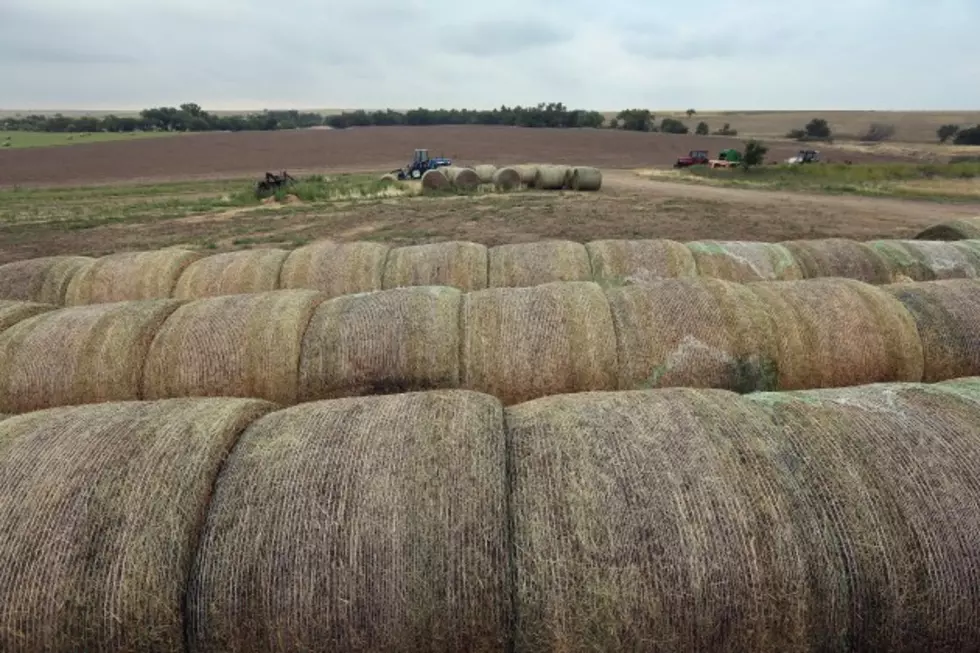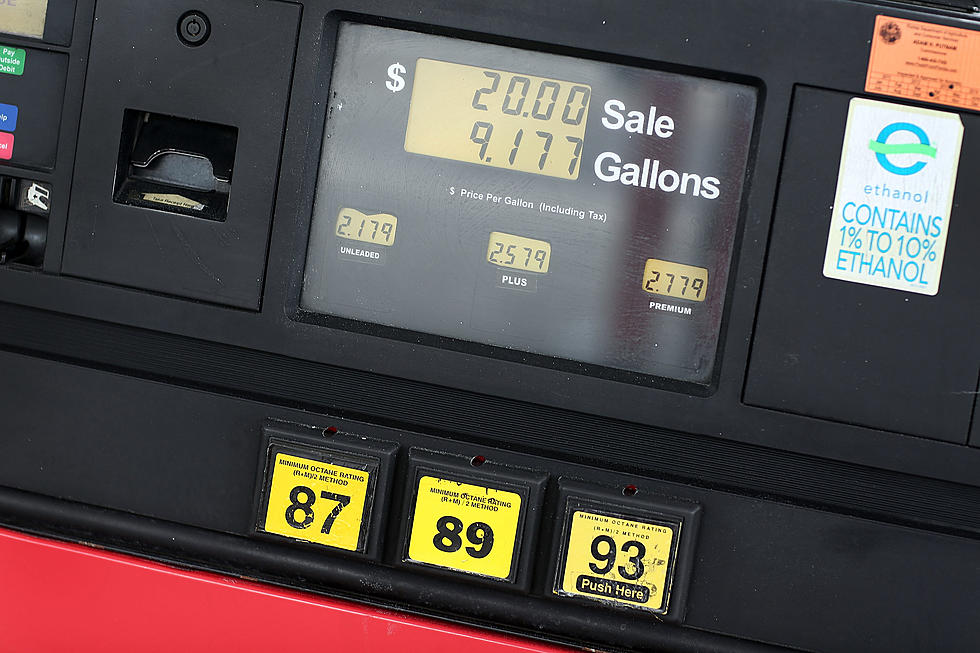
Hay Is In Tight Supply And Rising In Price
South Dakota hay prices have been at high levels throughout the
2012 marketing year. Based on numbers from the National Agricultural Statistics Service, March alfalfa prices were at $230 per ton and have remained steady for several months. The March price for other hay reached a record high of $170 per ton.
"Usually, such high prices result in a shift in production and use.
However, other commodity prices and input costs are higher too," said Matthew Diersen, SDSU Extension Risk/Business Management Specialist.
He adds that looking at this year's hay prices by adjusting for inflation shows that prices are also at record-high levels on a real basis.
"Despite a price index, with 1982 as the base year that has doubled in recent years, the real price of hay in South Dakota had not been above $70 per ton during the past decade," Diersen said.
The last peak in real prices happened in the 2002 drought year when the price reached
$79 per ton. Diersen says 2013's record rates are due to the fact that in 2012, South Dakota producers had expected to harvest 3.5 million acres of hay; and higher expected returns for other crops and drought conditions combined to reduce harvested acres to only 3.1 million acres. To top that off, yields were low, limiting supply.
"The result was that price increased to the high nominal levels and a real price of $100 per ton," he said.
Price prospects continue to favor sellers over buyers.
"Fall disappearance was unusually large leaving a stocks level on Dec.
1, 2012 of only 4.3 million tons. The stocks level was the smallest since Jan. 1,
1977 following the 1976 drought," Diersen said.
He says current stocks are also similar to the levels in late 1989 when there were only 3.35 million head of cattle in South Dakota inventories. On Jan.1, 2013 there
were 3.85 million head.
Diersen says modeling historic stock levels and winter use gives competing views of just how little hay may be left in South Dakota.
"Usually, much of the hay produced in South Dakota is used for feed and not sold.
As part of the collective feed inventory, one could take the Dec.1 stocks and use them evenly over the remaining six months of the feeding year," Diersen said.
He shares an example: on May 1 only 1/6 of the Dec. 1 4.3 million tons in inventory may remain or only 0.72 million tons.
"Most years, producers try to maintain a surplus over that level. Likewise, high prices may mean some hay that was raised for on-farm use enters the marketing channel,"
he said. "Factoring in the high price level actually forecasts a negative stocks level for May 1."
The high real price would normally result in sharply higher hay acres in South Dakota.
Solid expected returns for other crops and the presence of revenue insurance have limited hay to an expected 3.1 million acres. Diersen says a tight old crop supply, low expected production for 2013 and no difference in the national picture combine to suggest high hay prices will continue for the 2013 marketing year.
More From KXRB









